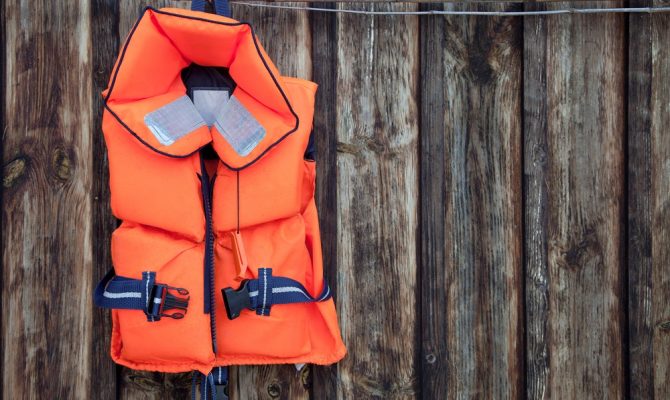From 2015 to 2016, deaths increased 12 percent from 626 to 701, injuries increased 11.1 percent from 2,613 to 2,903, and the total number of accidents increased 7.3 percent from 4,158 to 4,463.
“One person lost or injured to a preventable boating accident is one too many, so we encourage the boating public to use these [statistics] as a means to prevent accidents,” said Capt. Scott Johnson of the Office of Auxiliary and Boating Safety at Coast Guard Headquarters.
The report also shows that in 2016:
- The fatality rate of 5.9 deaths per 100,000 registered recreational vessels reflected an 11.3 percent increase from the previous year’s rate of 5.3 deaths per 100,000 registered recreational vessels.
- Property damage totaled approximately $49 million.
- Alcohol was the leading known contributing factor in fatal boating accidents and was listed as the leading factor in 15 percent of deaths.
- Operator inattention, operator inexperience, improper lookout, excessive speed and machinery failure ranked as the top five primary contributing factors in accidents.
“Wearing a life jacket, regardless of whether or not a state or federal law requires one, is the single greatest factor in preventing death from drowning,” said Johnson. “All boaters should wear a lifejacket at all times when on the water, no matter age, physical ability or condition.”
Where the cause of death was known, 80 percent of fatal boating accident victims drowned; of those drowning victims, 83 percent were not wearing a life jacket. Where boating instruction was known, 77 percent of deaths occurred on vessels where the operator had not received boating safety instruction.
The most common vessel types involved in reported accidents were open motorboats, personal watercraft and cabin motorboats. The vessel types with the highest number of fatalities were on open motorboats, kayaks and canoes.
The Coast Guard reminds all boaters to boat responsibly on the water: wear a life jacket, take a boating safety course, attach your engine cut-off switch, get a free vessel safety check, and avoid alcohol or other impairing substance consumption.




